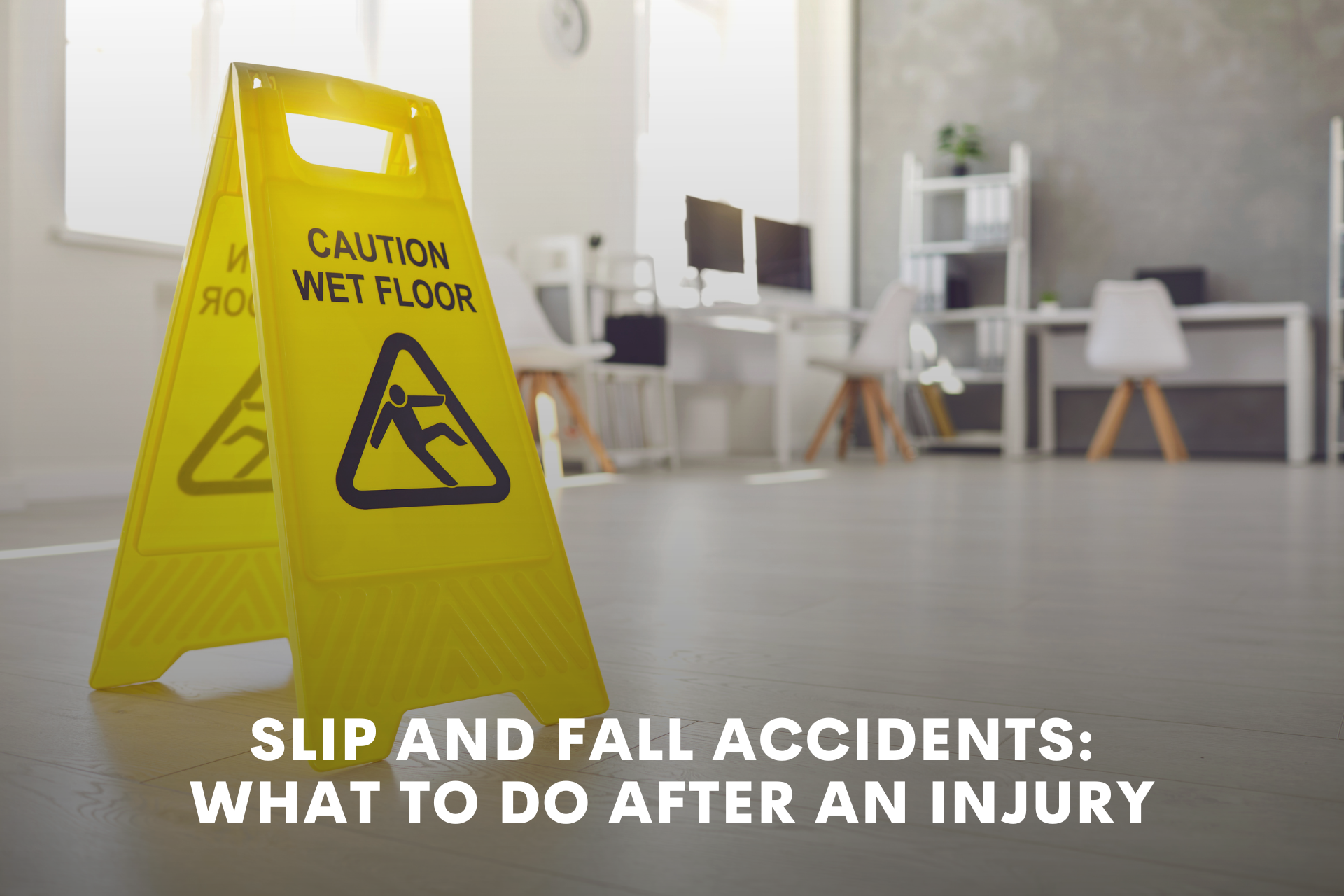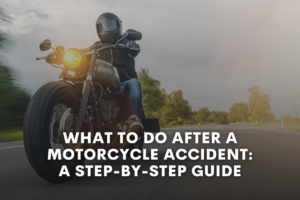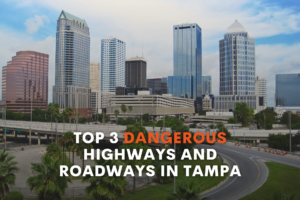Slip and fall accidents can happen anywhere and to anyone.
Whether it’s because of uneven pavement, wet floors, or poorly maintained grounds (keep reading for additional causes), slip and fall accidents can cause serious injury and have an impact on a person’s life physically, emotionally, and financially.
In this blog post, we cover:
- What is a slip and fall accident?
- Common causes of slip and fall accidents
- What to do after a slip and fall accident
- Florida’s slip and fall laws
What is a slip and fall accident?
A slip and fall accident occurs when someone falls on another person’s property. In these cases, the property owner may be liable and the victim may be able to recover compensation for their injuries.
Common causes of slip and fall accidents
Common causes of slip and fall accidents include but aren’t limited to:
- Bulging carpeting
- Cords in walkways
- Loose mats or rugs
- Uneven flooring and/or pavement (with no warning signs)
- Potholes in a business parking lot
- Inadequate barriers to close off wet flooring
- Untreated icy surfaces
- Spills that aren’t cleaned up
- Poor lighting
The consequences of a slip and fall accident can be a detriment to the quality of the injured person’s life. These negative outcomes include:
- Physical injury – From minor cuts and scrapes to fractures and head trauma, the injuries sustained from a slip and fall accident can lead to irreparable damage, limited mobility, and/or a decreased quality of life.
- Emotional injury – In addition to physical injuries, a person can experience emotional and psychological distress as a result of their accident. This could come in the form of anxiety or fear of falling again.
- Financial burden – Everything from medical expenses to lost wages from taking time off work can negatively impact a person’s ability to earn a living.
What should I do after a slip and fall accident?
Immediately after the accident, you might feel worry, confusion, pain, the list goes on.
But, the moments after your fall are the most crucial for you to take appropriate action to protect your rights.
After a slip and fall accident, we encourage you to take the following steps:
- First, make sure you’re OK. Check for injuries and if you are injured, evaluate the severity. Even if you don’t feel injured, we encourage you to seek medical attention immediately to make sure there are no hidden injuries. Collect and organize all medical records and expenses.
- Be sure to report the incident and get in contact with whoever is in charge of the property. Ask for a written incident report, and a copy for your records. Ask for the name and contact information of their liability insurance carrier, if possible.
- Jot down your account of the incident including the events that took place, date, time, and location. Take pictures of the scene and if there are witnesses, gather their contact information in case their testimony is needed later.
- Contact a personal injury lawyer if you believe your accident happened as a result of negligence. As a slip and fall attorney in Tampa, our team has the experience to help you get the compensation you deserve. Schedule a free case evaluation to get started.
- If you have homeowner’s insurance or personal liability insurance, reach out to your insurance company to learn more about your options in filing a claim.
What are Florida’s slip and fall laws?
Florida Revised Statutes 768.0755 states that in order to win a slip and fall lawsuit, the victim must prove the business failed to fix or correct a dangerous condition. The injured party must also show the business had actual or constructive knowledge of the dangerous situation and should have taken action to fix it.
Injured in a slip and fall accident? We’re here to help.
As a slip and fall attorney in Tampa, our team of skilled personal injury lawyers has the experience and expertise to get you the compensation you deserve.
Contact us today and book your free case evaluation.








